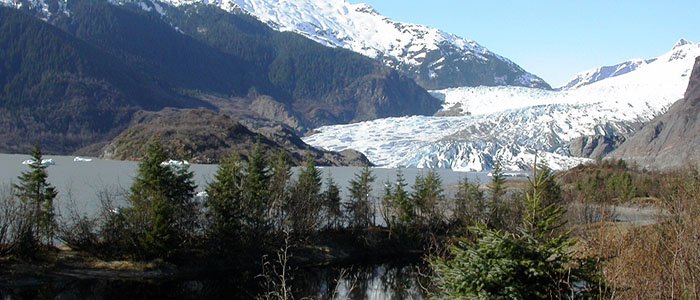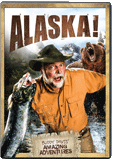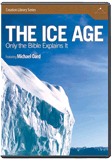Mendenhall Glacier Visitor Center
Geology
Discover more about the Ice Age as you explore this 12-mile long, 100-foot tall and 1.5-mile wide glacier that has been observed to grow and melt over time.
Overview
Juneau, Alaska
Alaska is without a doubt one of the most stunning, unspoiled places in the United States. With an estimated 100,000 glaciers in the state, this is one of the best places in the world to see these fascinating remnants from the Ice Age.
The Mendenhall Glacier is one accessible glacier you should check out. In recent times, this 12-mile (19 km) long, 100-foot (30.5) tall, and 1.5-mile (2.4 km) wide glacier has both grown and melted, based on increased or decreased amounts of snowfall and temperature. Because of Alaska´s unique geography and climate, glaciers like Mendenhall have been able to survive longer than others. The Mendenhall Glacier is fed from the Juneau Icefield, an icefield that covers more than 1,500 square miles (3885 sq km) and feeds 38 large glaciers. It is a testimony to the Ice Age that once covered 30 percent of the earth with ice.
Located 10 miles (16 km) from downtown Juneau, the Mendenhall Glacier Visitor Center, which hosts over 250,000 people a year, offers an interpretation center with numerous exhibits, trails, and a campground. Before making a trip here, learn what you can about glaciers and the Ice Age. Then, when you and your family finally see Mendenhall Glacier, you will not only appreciate its splendor, but will also be able to discuss its past and how it fits into the Bible´s history.
Points of Interest
Juneau Icefield
Much of our understanding of the Ice Age comes from studying active glaciers. This part of the country is blanketed with them. The Mendenhall Glacier is fed by the Juneau Icefield, a massive accumulation of ice and snow that covers more than 1,500 square miles and feeds 38 large glaciers, sometimes called "rivers of ice" because they slowly flow down the valley.
Your family will especially appreciate the icefield if you study the biblical timeline of how and when glaciers were formed before you visit. Interestingly, glaciers can be thousands of years old but have top layers that are considered younger because of continuous snowfall that gets added.
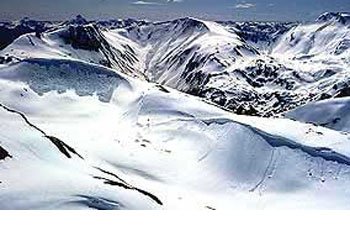
Erratic Remnants of the Ice Age
Wondering how those giant granite boulders around the visitor's center got there? The short animated movie on the visitor's website, "Eric the Erratic," explains these oddities well:
"I am a granite boulder that was once part of the Mendenhall Towers about 7 miles up the valley. The grinding of the glacial ice caused me to break off the side of the mountain and tumble down 60 feet. I landed on top of the glacier and came to rest on the icy surface. For 80 years I rode on the glacier until I was deposited on a flat piece of ground in the Mendenhall Valley. I am called an erratic because I didn't fit in with the rest of the landscape."
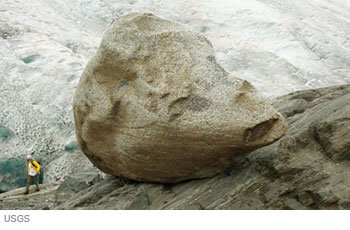
Helpful Tips
- Due to snow in the winter, visitor centers near to the mountain close by November. The hours at the museum change as well.
- Eating facilities are limited in the monument area, so you may want to bring a lunch.
- Set aside plenty of time for travel to and from the monument, including a visit to the Johnston Ridge Observatory—it´s easily an all-day affair.
Recommended Resources

Answers in Genesis is an apologetics ministry, dedicated to helping Christians defend their faith and proclaim the good news of Jesus Christ.
- Customer Service 800.778.3390
- © 2024 Answers in Genesis

